
It’s pretty amazing what you’ll find in the middle of the jungle. In Australia, if you’re in the right spot, you might come across one of the most beautiful palaces on the planet…in the middle of nowhere.
In 1913, José Paronella arrived in Australia from Catalonia in Spain. He worked cutting sugar cane for the next 11 years before he began purchasing, improving, and reselling cane farms. In 1924 he returned to Spain and married Margarita in 1925. The trip back to Australia was their honeymoon and he gave her an incredible gift: a palace.
Atlas Obscura has the details: Technically, Jose Paronella was on his honeymoon with his wife Margarita, but his trip from Spain to Australia in 1925 was also the beginning of years of labor and the creation of a dream estate in a lush jungle.
On five hectares (about 12 acres) in North Queensland, Paronella first planted thousands of trees to create the right environment for his vision. He then built the Grand Staircase to help him carry river sand up the hill to make concrete, with which he built first his house, then a grand castle inspired by those of Spain, and installed the oldest hydro-electric dam in North Queensland. Among the park’s features include the theater, foyer and refreshment rooms within the castle, a fountain built by Paronella, and the concrete benches he built next to a beautiful waterfall.
After a decade of labor, the park opened in 1935. José Paronella continued to labor tirelessly on the park, fixing it after a bad flood in 1946, until his death in 1948. He had been laboring on the park for the last 21 years. Without his tireless energy, it became difficult to upkeep the park and over the years, the park was badly damaged by natural disasters; floods, fires and a cyclone decimated it. Though José’s children and grandchildren continued to own and care for the park for many years, by 1977 the park was sold. After a fire struck in 1979, and Cyclone Winifred in 1986, the park was closed for good.
But, in 1993, the Park was purchased by Mark and Judy Evans and reopened to the public. The Evans see their role as that of maintaining and preserving the great work of art created by José Paronella. The park now operates tours throughout the day, as well as a spectacular evening tour. They recommend you spend at least three hours exploring both the natural and man-made wonders, from the grand staircase and castle to the waterfall and magnificent flowers.
Mark gave a tour and discussed the incredible Australian palace:
The Park’s website states, “Upwards of 7000 trees were planted by José. These included the magnificent Kauris lining Kauri Avenue. A Tunnel was excavated through a small hill. Above its entrances are the delightful stonework balconies. Walking through here brings you to spring fed Teresa Falls, named for his daughter.
The creek is lined with rocks and traversed by small bridges. Some parts have cascades built out of rocks, so the sound of water is always there. The Hydro Electric generating plant, commissioned in 1933, was the earliest in North Queensland, and supplied power to the entire Park.
Paronella Park’s life as a pleasure gardens continues as José intended, for visitors, and with social gatherings, particularly weddings, continuing to make use of this unique location.”
Over the past few decades, the palace has received several awards for being one the best places to visit in Australia.
Luckily for those of us who aren’t going to make it halfway across the world, Mark and Judy Evans write that if you can’t make it to Australia, you can still take a virtual visit.
[Read More: Zoo Gives Astonishing Update About ‘Miracle’ Red Panda Cub]


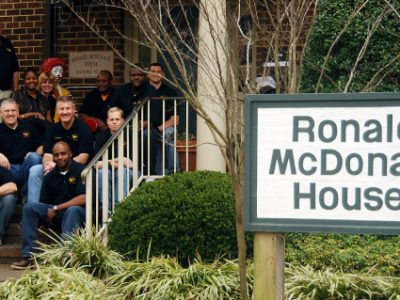
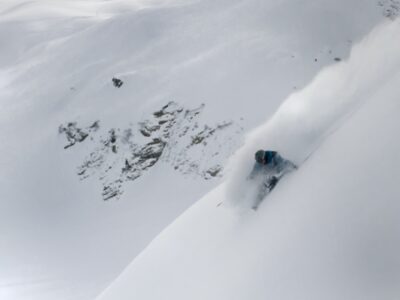
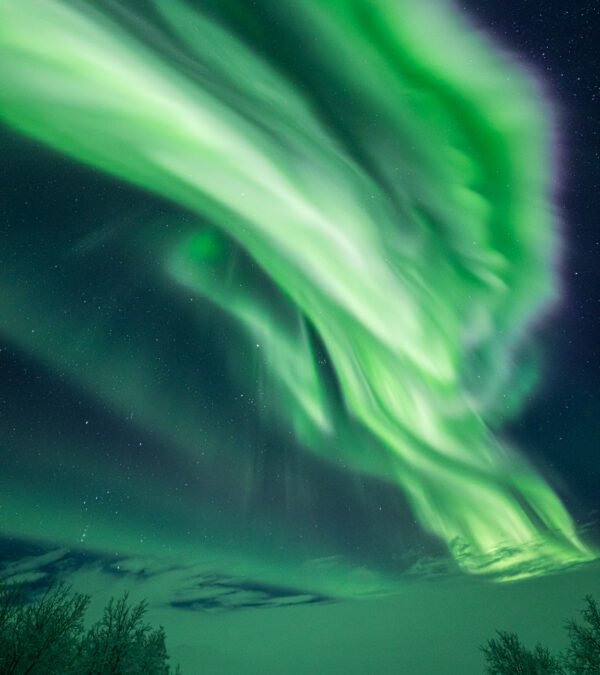
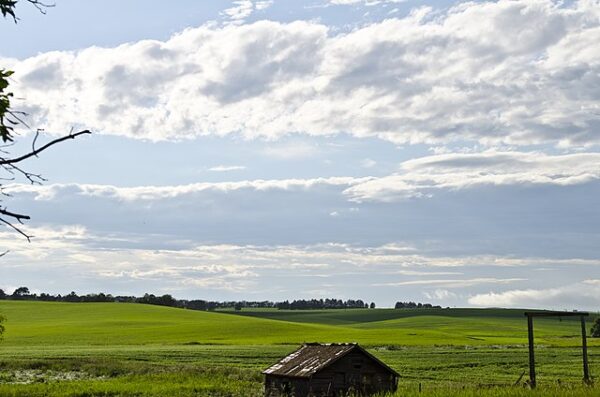
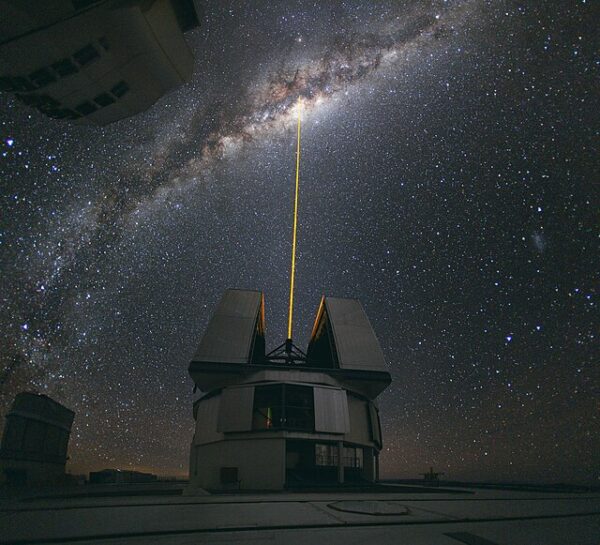

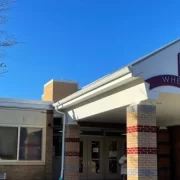

Make an ideal:
B&B
Hostel
Inn
TV & Movie production shoots